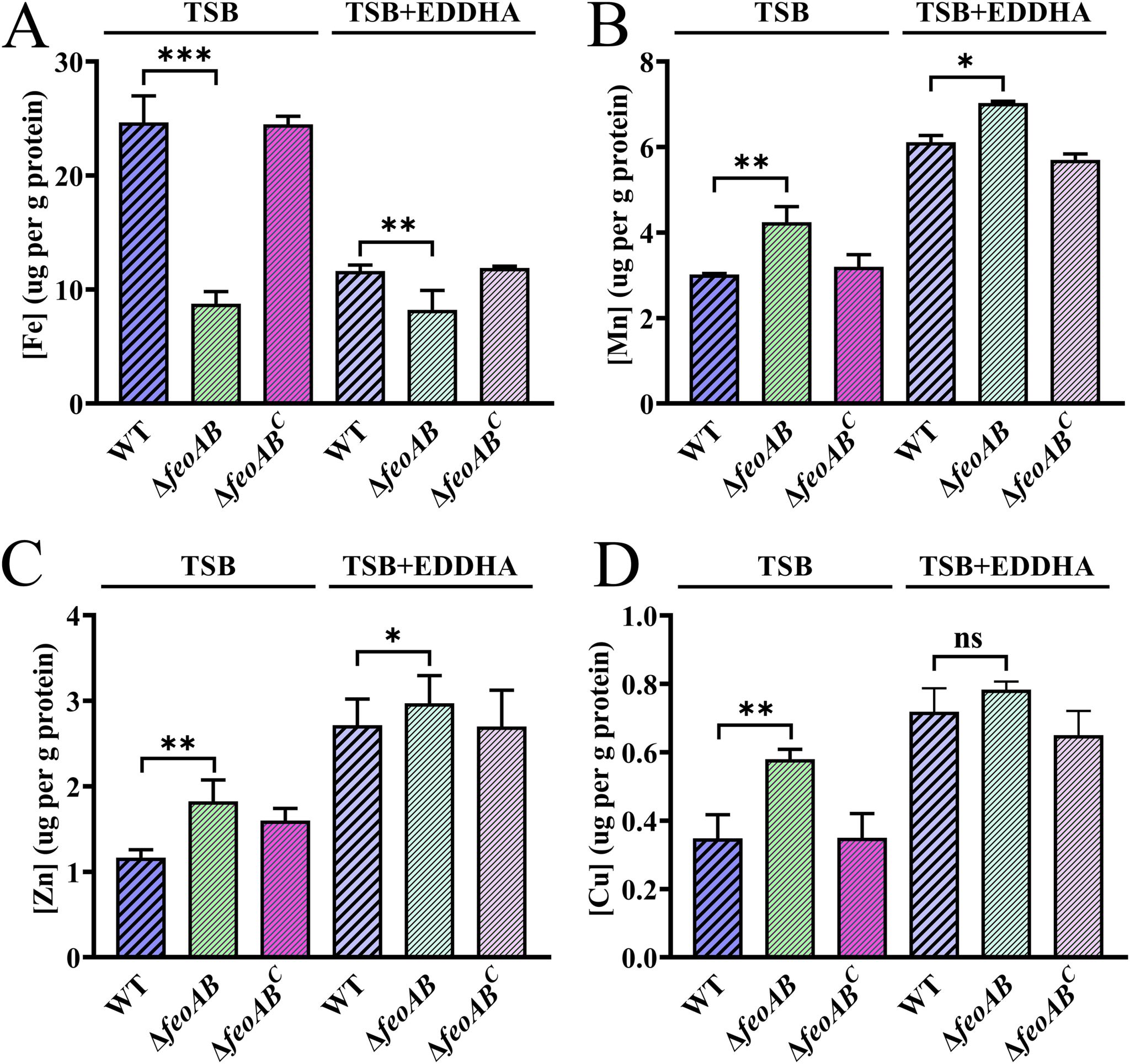Recently, a research group of the College of Veterinary Medicine in Sichuan Agricultural University published a research paper entitled “Functional characterization of FeoAB in iron acquisition and pathogenicity in Riemerella anatipestifer” in the journal of Microbiology Spectrum. In this study, the function of Feo system in R. anatipestifer was identified and found that the iron homeostasis of R. anatipestifer is cross-talked with other metals homeostasis and oxidative stress response.
R. anatipestifer is a bacterial pathogen for ducks, which seriously endangers the duck industry in China. It is difficult to be eradicated because of its multiple serotypes and multiple drugs resistance. As an essential nutrient for the survival of most bacteria, iron is involved in many physiological activities such as respiration, tricarboxylic acid cycle, oxidative stress reaction and drug resistance. In this study, it was demonstrated that feo system was involved in the iron transport, the generation of oxidative stress, the homeostasis of other metals (manganese, zinc, copper) and the pathogenicity of the bacterium.
The research group is mainly focused on the study of metals metabolism of R. anatipestifer, such as the iron metabolism (transport, efflux, chelation and regulation) and manganese metabolism (efflux and regulation). This study improved the contents related to iron transport of the bacterium, preliminarily established the interaction between iron metabolism and other metals metabolism in this bacterium.
The first author of the paper is Dr Mi Huang, and the corresponding authors are Pr MaFeng Liu and Pr AnChun Cheng. This research was supported by the National Natural Science Foundation of China (32072825 and 32273003) and the Sichuan Science and Technology Program Project (2022NSFSC0007).
Original link: https://journals.asm.org/doi/10.1128/spectrum.01373-23

The deletion of feo system resulted in the decrease of iron content and the increase of manganese, zinc and copper content in R. anatipestifer.

